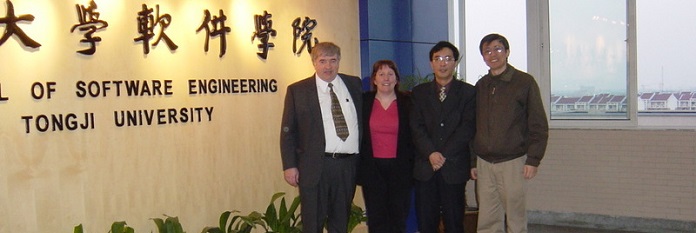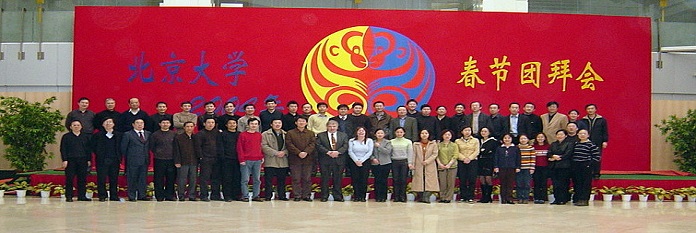Building: High Performance Organizations
In over 20 years of real-world experience, OLC has helped organizations develop specific "Organizational Capabilities" that enable the achievement of high performance, foster innovation and engagement, and help knowledge workers use their full potential.





The Magic Notes
Few can hear the magic notes and have danced with joy together.
Many have been drowned by the noise of fame and their desire for material gain.
The universe cries for what could be, the choices that went wrong.
It cries for those who pass this way and didn’t awake to sing their song.
Alleviating the Symptoms of Societal Ill Health And Eliminating the Root Cause
A happy and healthy world requires that a society be prosperous. When people have satisfaction with their level of prosperity, they are better able to focus on the state of others and our society and consider what they can do about it. Maslow’s hierarchy of needs has a fifth level of self-actualization. A definition of self-actualization is the realization of one’s full potential. I respectfully suggest that people who realize their full potential and are satisfied with their level of prosperity seek a purpose which can inspire them into action. Unfortunately, many in our society have gone down the path of focusing on higher and higher levels of prosperity as a way to happiness and fulfillment, which has created a high level of material inequality in our society and resulted in many of the symptoms of societal ill health.
Doctors know that is important to understand the root cause of physical health and work to eliminate the root cause. Similarly, we need to understand the root cause of ill health in human society and organizational ill health to both address the symptoms and eliminate the root cause.
I believe the symptoms of ill health in our society are clearly evident; what is not evident is the root cause in our societal framework that is causing these symptoms. There is significant research indicating that in today’s well-educated and skilled society, people don’t want to be dominated by their supervisors. It seems there is no place in today’s workplace for the domineering organization that worked in the early days of the Industrial Revolution.
Arnold Toynbee once described the rise and fall of nations in terms of challenge and response. A young nation, he said is confronted with the challenge for which it finds a successful response. It then grows and prospers. But as time passes, the nature of the challenge changes and thus the need to change a response that has worked in the past but is no longer applicable in the present. Failure to identify and implement new responses that address new challenges results eventually in decline.
The nature of our competitive business world is that organizations continually seek ways to better serve their customers and improve the prosperity. The bookshelves are full of information on theory and practice on ways organizations can improve prosperity. One such resource is Rosabeth Moss Kanter’s book the Change Masters. In her book she shares how corporations that are “integrationists” (successful in stimulating the innovative capability of their people) rather than “segmentalists” (so rigidly structured as to stifle innovation) are able to stay ahead of changing technologies and markets. Riane Eisler in her book The Chalice and the Blade advocates the shift from a domineering culture to a partnership culture and thus from a domineering organization to a partnership organization. I believe she is right on target.
Many people can agree that “what” we want to do is to build a partnership culture and “why” we should do it. The challenge is “how” to do that. My research has convinced me that the development of a partnership organization can not only improve prosperity by fully utilizing people’s potential but also establish high levels of employee engagement and satisfaction.
Key Thoughts
1. Alleviating the Symptoms of Societal ill Health and Eliminating the Root Cause
2. The Challenge of Embracing a Fundamentally Different Management Paradigm
3. Process Management And the Importance of Inner Wisdom And Creativity
5. Organizational Evolution Theory
6. Understanding the Challenge of Developing a Partnership Culture
7. Conclusion Comments and Final Thought